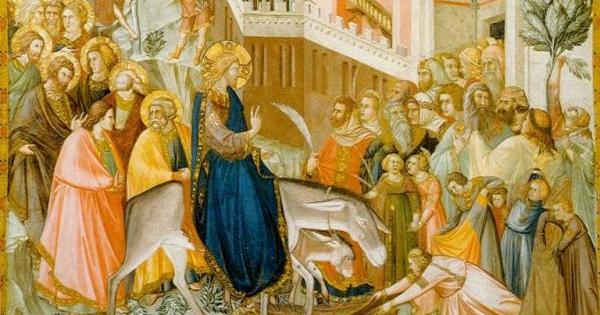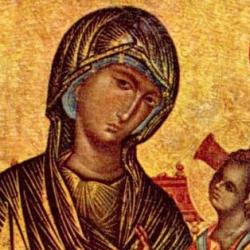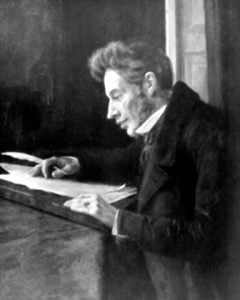When I am asked by people who are curious about Kierkegaard which text they should start with, my answer varies. For Christians who are interested in exploring the theological angle of the Great Dane, I will often suggest they begin with the two discourses For

Self-Examination and Judge for Yourself!. These two discourses were published in 1851; they mark the end of what has come to be called Kierkegaard’s “second authorship.” This was a furious period of productivity which began in 1846, following the publication of Concluding Unscientific Postscript (his last of the “first authorship,” in which he announced his intentions to cease writing). That announcement proved not accurate, as he picked up his authorship again–with a vengeance. The two discourses I mentioned were to conclude his authorial project, but the long silence between 1851 and 1854 was interrupted again by his trenchant critiques of Christendom in his Attack Upon Christendom essays. In any case, in these two discourses, Kierkegaard’s Christian theology is both fierce and pietistic, both unsettling and ennobling (in Kierkegaard’s prototypical paradoxical ways). I offer you this prayer from the beginning of the second section of Judge for Yourself! for your Lenten reflection:
Lord Jesus Christ, it was not to torment us human beings but to save us that you said the words, “No one can serve two masters.” Would that we might be willing to comply with them by doing accordingly–that is, by following you! Help us all, each one of us, you who both will and can, you who are both the prototype and the Redeemer, and in turn both the Redeemer and the prototype, so that when the striving one droops under the prototype, crushed, almost despairing, the Redeemer raises him up again; but at the same moment you are again the prototype so that he may be kept in the striving. O Redeemer, by your holy suffering and death you have made satisfaction for everyone and everything; no eternal salvation either can or shall be earned–it has been earned. Yet you left your footprints, you, the holy prototype for the human race and for every individual, so that by your Atonement the saved might at every moment find the confidence and boldness to want to strive to follow you.
I want to simply add here that if Christianity were able to incorporate some of Kierkegaard’s understanding that grace is intrinsically motivating, that the faith that responds to grace is inherently “restless,” and that Christ (if we see him rightly, in accordance with the gospels) draws us into action in the world and thereby sets up confrontation with abuses of grace and injustices that occur through the powers and principalities, things might look rather differently.










